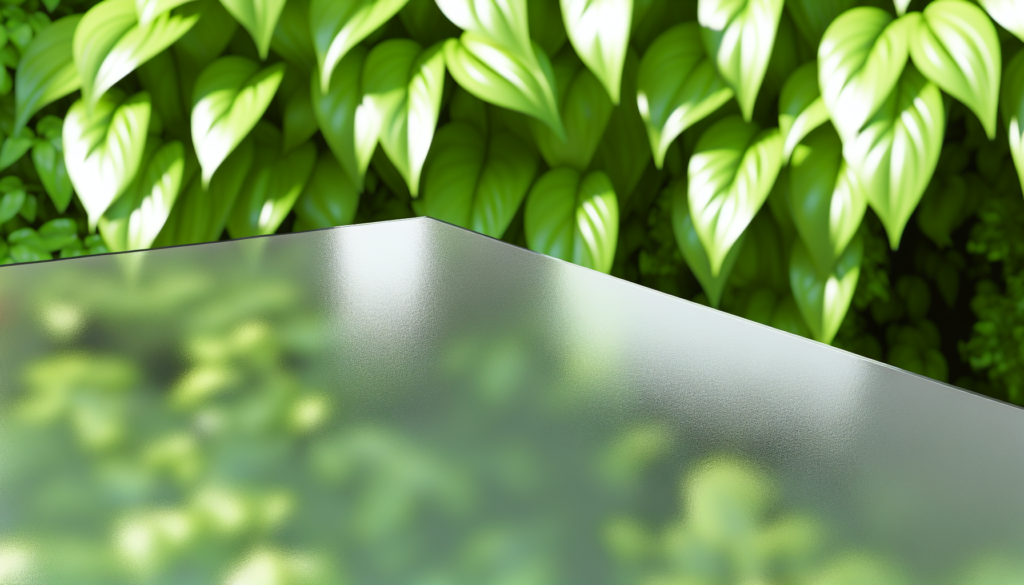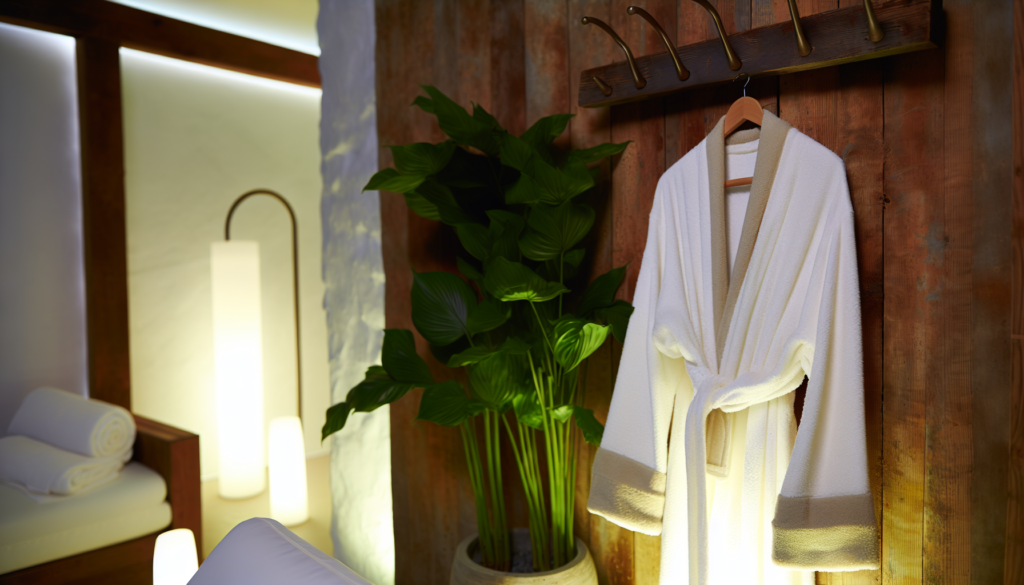Achieving smooth, flawless skin is a goal many of us share, yet textured skin concerns can be particularly frustrating to address. Whether you’re dealing with bumpy patches, uneven tone, or rough texture, the right skincare approach can make a world of difference. The journey to smoother skin doesn’t have to be complicated or expensive – it’s about finding the right combination of products and habits that work specifically for your skin type. Let’s explore proven skin care solutions that can help you achieve that coveted smooth complexion you’ve been dreaming of, based on dermatologist recommendations and real results.
Understanding Skin Texture Issues
Before diving into solutions, it helps to understand what causes textured skin in the first place. Common culprits include:
Each texture issue may require a slightly different approach, but many treatments overlap in their benefits. The good news? Most texture concerns can be significantly improved with consistent care.
1. Regular Exfoliation: Your First Line of Defense
Exfoliation might be the single most effective strategy for improving skin texture. By removing dead skin cells, you reveal the fresher, smoother skin underneath.
Chemical Exfoliants: Gentle Yet Effective
Chemical exfoliants work by dissolving the bonds between dead skin cells. They tend to provide more consistent results than physical scrubs.
For beginners, try products containing:
Start with a lower concentration (2-5%) and use just 2-3 times weekly to avoid irritation. Your skin needs time to adjust to these powerful ingredients.
2. Retinoids: The Gold Standard for Skin Renewal
If there’s one ingredient with the most scientific backing for improving skin texture, it’s retinoids. These vitamin A derivatives accelerate cell turnover, boost collagen production, and help fade discoloration.
Options range from over-the-counter retinol to prescription-strength tretinoin. Beginners should start with a low concentration (0.25-0.5%) and apply just twice weekly, gradually increasing frequency as your skin builds tolerance.
Remember that patience is key—retinoid results typically take 8-12 weeks to become noticeable, but they’re worth the wait.
3. Consistent Hydration and Moisture
Dry skin often looks and feels rough. Proper hydration helps plump skin cells, creating a smoother surface appearance while improving your skin’s barrier function.
Look for ingredients like:
A good tip? Apply your moisturizer to slightly damp skin to lock in maximum hydration.
4. Vitamin C: Brightness and Texture in One
Vitamin C is a powerhouse antioxidant that helps brighten skin, fade discoloration, and support collagen production—all of which contribute to smoother-looking skin.
For best results, use a stable form of vitamin C (like L-ascorbic acid at 10-20% concentration) in the morning, followed by sunscreen. Store your vitamin C products properly (usually in dark, airtight containers) as this ingredient can degrade when exposed to light and air.
5. Professional Treatments for Deeper Concerns
For more stubborn texture issues, professional treatments can provide dramatic results:
Chemical Peels
Professional-strength peels reach deeper layers than at-home products. Depending on your needs, your dermatologist might recommend:
Microneedling and Radiofrequency
These treatments create controlled micro-injuries that stimulate collagen production as they heal. They’re particularly effective for acne scars and fine lines.
6. Consistent Sun Protection
It might seem basic, but daily sunscreen is essential for preventing texture issues from worsening. UV damage breaks down collagen and elastin, the proteins that keep skin smooth and firm.
Choose a broad-spectrum SPF 30+ and reapply every two hours when outdoors. Many modern formulas are lightweight and won’t clog pores or feel heavy.
7. Niacinamide: The Multi-Tasking Wonder
This form of vitamin B3 deserves special mention for its ability to improve almost every aspect of skin texture:
Look for products with 2-5% niacinamide for daily use, which works well for most skin types without irritation.
8. Clay and Charcoal Masks for Congestion
If enlarged pores contribute to your texture concerns, weekly clay or charcoal masks can help draw out impurities and excess oil. These ingredients have natural abilities to absorb sebum and clear congestion, leaving skin smoother and more refined.
Just be careful not to overuse these, as they can potentially dry out your skin. Once or twice weekly is plenty for most people.
9. Skin-Friendly Diet and Hydration
What you eat affects your skin’s appearance. Foods rich in antioxidants, essential fatty acids, and collagen-supporting nutrients can help improve texture from within:
Don’t forget to drink plenty of water throughout the day to maintain proper skin hydration.
10. Consistency and Patience
Perhaps the most important solution isn’t a product at all—it’s consistency. Skin cell turnover takes approximately 28 days (longer as we age), so give any new routine at least 6-8 weeks before judging results.
Building a simple, sustainable routine that you can stick with will yield better results than jumping between products too frequently.
Transforming textured skin takes time, but with these proven skin care solutions and a consistent approach, smoother skin is absolutely achievable. Remember that everyone’s skin is different, so you may need to experiment to find your perfect combination of treatments. When in doubt, consulting with a dermatologist can help you create a personalized plan tailored to your specific texture concerns and skin type. With patience and the right care, you’ll be well on your way to the smooth, radiant complexion you deserve.







